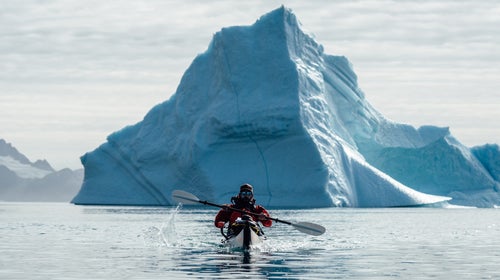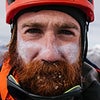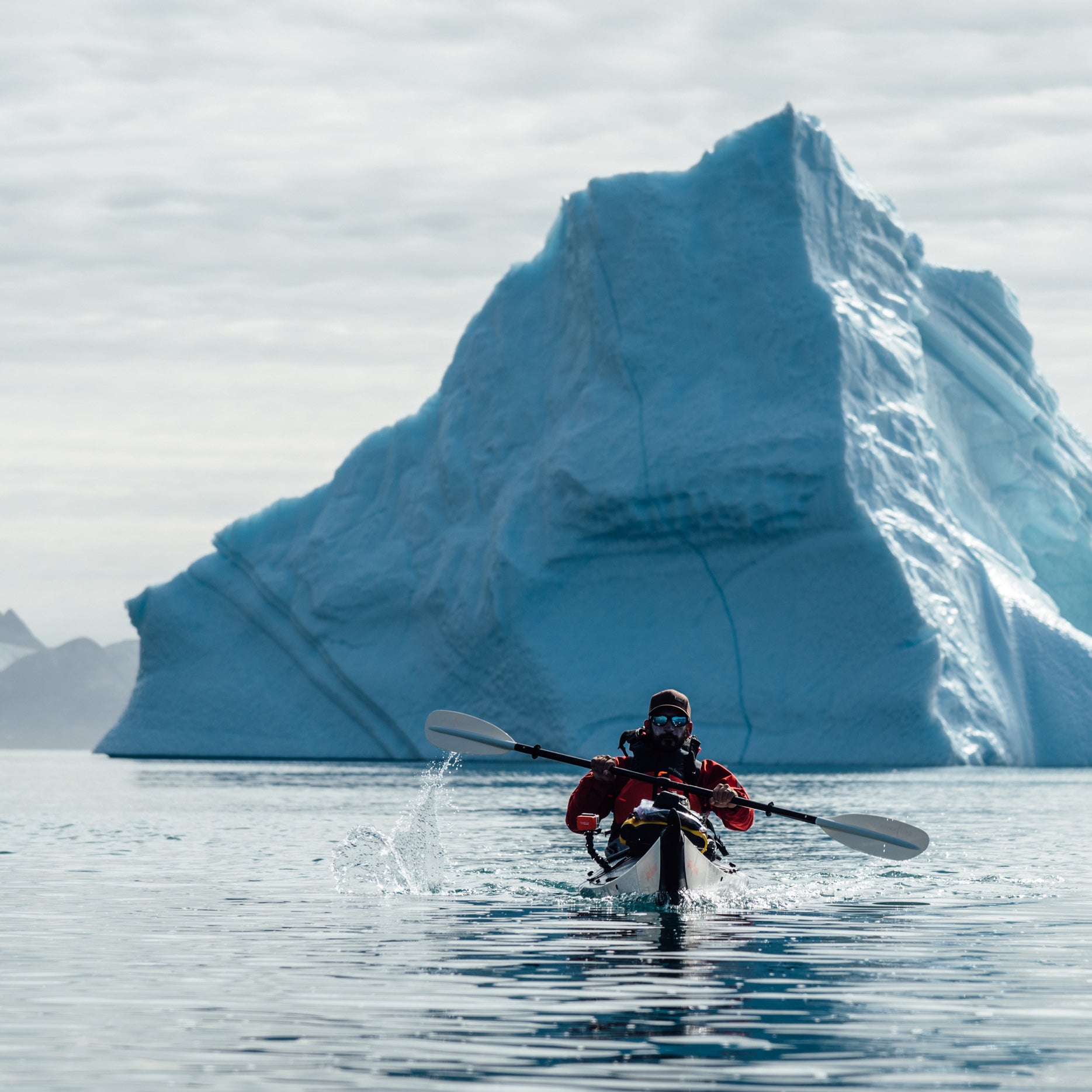Three years ago, I went on my first-ever backpacking trip. About a year later, I decided it would be a great idea to quit my job and go on epic adventures around the world. Most recently, I paddled a folding kayak 50 miles into a remote fjord in eastern Greenland, base camped for a week, and made the first ascent of an alpine rock route. Right now, I鈥檓 sailing to Antarctica.
You can do this stuff, too. I鈥檓 not a super athlete. I鈥檝e never been that good at sports. For most of my adult life, I didn鈥檛 even spend that much time outdoors. I never went backpacking growing up. I didn鈥檛 climb my first pitch of rock until I was 26. (I鈥檓 28 now.) I didn鈥檛 learn to ski until earlier this year. I鈥檓 by no means an expert at any of those things, but I can do them now. This is to say that it鈥檚 never too late to learn something new.
This is what I鈥檝e learned along the way.
Pick a Destination
The place facilitates the adventure. Go wherever your heart desires. Explore places that inspire you. It doesn鈥檛 have to be far. Some of my most memorable adventures were the result of jumping in a car and driving just a few hours. (Admittedly, that鈥檚 a perk of living on the West Coast.)
That being said, if you really want an adventure (definition: an experience that pushes you out of your comfort zone), then you鈥檒l probably have to leave the highway behind. Try getting out there. Like way, way out there. You don鈥檛 necessarily have to leave the country or go very far, but adventure has an entirely different feel if you go where people aren鈥檛.
Last summer, my friends and I tackled the 鈥攁 nearly 200-mile cross-country hike through California鈥檚 Sierra Nevada. Though it鈥檚 nearly parallel to the John Muir Trail, the route follows the trail for only a handful of miles and rarely dips below the tree line. We didn鈥檛 see people for days at a time. It also has some technical sections in the form of more than 30 passes鈥攎ost of them Class 2 to 3 scrambles鈥攁nd requires some orienteering skills. All of those factors created an experience that was equally accessible but more adventurous than the John Muir Trail, without requiring a great deal more technical skill than that popular thru-hike.
The same could be said about my recent trip to eastern Greenland. While the area is definitely remote and takes some effort to reach, once you鈥檙e there, it鈥檚 not too difficult to venture out on your own and get the experience of being totally alone in one of the world鈥檚 most incredible environments. What makes that place particularly unique? Peaks jut 6,000 feet straight up from the water. Glaciers spill directly into the sea. Everywhere you look, whales are breaching, taking in new air to breathe. There are no roads outside the villages, so to move around the fjords, you must take a boat or helicopter transfer or do like I did and paddle. The experience is larger than life. As a result, it makes you feel incredibly small.
The world is full of places that can have that same effect, and most are accessible by mere mortals (for instance, trekking in Nepal). Sometimes, they just take effort to reach, but they will always be worth the effort.
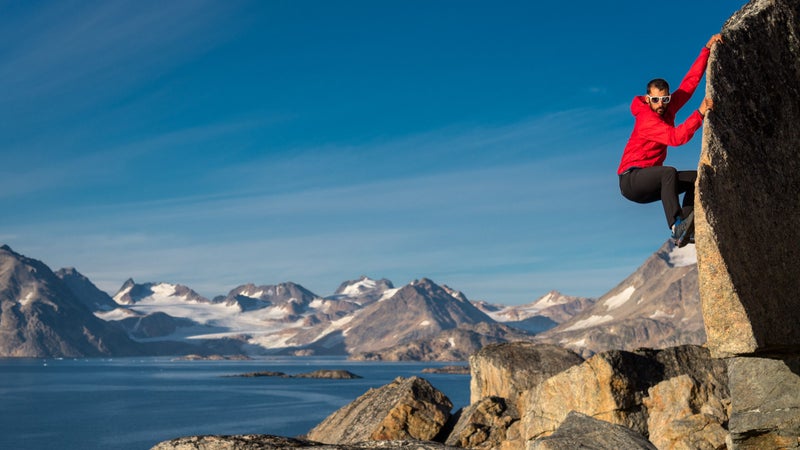
Choose an Activity
In many ways, the place dictates the activity. In eastern Greenland, for example, no roads connect different areas throughout the fjords, and the land is often too rugged to travel through efficiently, so the only feasible human-powered mode of transportation during summer is kayaking. Indigenous Greenlanders have been using the vessels to get around for thousands of years. Kayaks remain one of the best modes of transportation there today.
Any mountain range in the world will provide nearly endless opportunities for adventure, whether it鈥檚 climbing snowy slopes or steep ice and rock, hiking, backpacking, mountain biking, or even paragliding. Mountains almost always mean rivers, too. When glaciers and snow melt, they create rivers that run through the valleys, providing opportunities for kayaking or rafting. Canyons can be often found in the mountains. These can provide an entirely different adventure鈥攐ne where you鈥檙e climbing down rather than up.
国产吃瓜黑料 doesn鈥檛 always have to be human-powered. Baja, for example, is an off-road paradise because the scenery is beautiful, the terrain is diverse, and there are almost no regulations for motorized vehicles. You can drive there from California, eat cheap and delicious fish tacos every day, and camp right on the beach.
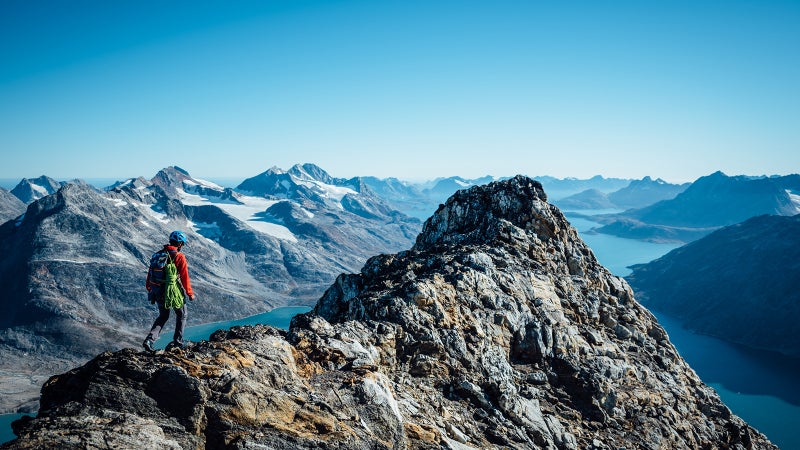
Do Your Research
Let鈥檚 say you鈥檝e decided to reach past the low-hanging fruit and want to really get out there. You want to go deep. There鈥檚 a good chance that planning your trip will be anything but straightforward as a result. You鈥檒l have to get creative. If you want to go to where people aren鈥檛, you have to put in the work beforehand.
Season
You鈥檝e decided on a location. You鈥檝e chosen your level of thrill. Now figure out the best time to go. Is it during the peak season, when conditions are ideal? Or a bit earlier or later, when flights are cheaper and people are fewer but the weather鈥檚 more variable?
Exact Destination
Once that鈥檚 locked down, it鈥檚 a good idea to figure out exactly where you want to go. Google Earth is an incredible tool that can help you home in on specific areas for exploration using satellite imagery. From there, you can use it to discover potential snow couloirs for skiing, rock routes for climbing, lakes for fishing, rivers for paddling, or anything else you might want to do. When you zoom into an area, photos that have been geotagged with that location will also pop up, allowing for a more detailed look.
Next, get some real maps. Search for printed versions if you can. If none can be found, make your own. You can also , but it鈥檚 a good idea to have paper versions as a backup, because electronics inevitably fail.
Red Tape
Traveling to ? Better apply now. Will you have to send in your passport to get one? Do you have a passport? Does it have enough free pages for stamps? Is it about to expire? Do you need specific vaccinations to get in? Or to get out? Does the park or other area you鈥檙e visiting require permits or special permissions? Start looking into it. All of these things take time. You don鈥檛 want to be scrambling trying to sort out these issues at the last minute, because any one of them could be a deal breaker.
Getting There and Getting Back
Transportation can cause some of the biggest logistical challenges, so deal with them up front. Will you be staying domestic or going international? Will you fly, or would driving be better? Once you鈥檙e there, how will you get around? Can you take group transportation? If so, is it public or private? Will you need to rent a vehicle? Would buying be better? If the journey there will be extend over multiple days, will you need to sleep in places along the way? If you have a long layover at an airport, keeping a sleeping pad in your carry-on will make for a much better night. Otherwise, will you stay at hotels? Hostels? Can you camp? Will an Airbnb be the best bet?
Travel guides like offer some information on these particulars, but finding the best ways to travel to and from certain places often requires firsthand information. is a treasure trove of real experiences.
If you鈥檙e flying, consider stopovers. The last time I went trekking and climbing in Nepal, it was cheapest to buy round trip flights from L.A. to Bangkok and separate round-trip flights from Bangkok to Kathmandu. That also allowed for a fun stopover. Getting to eastern Greenland required a flight to Iceland first, which allowed for more stopover fun.
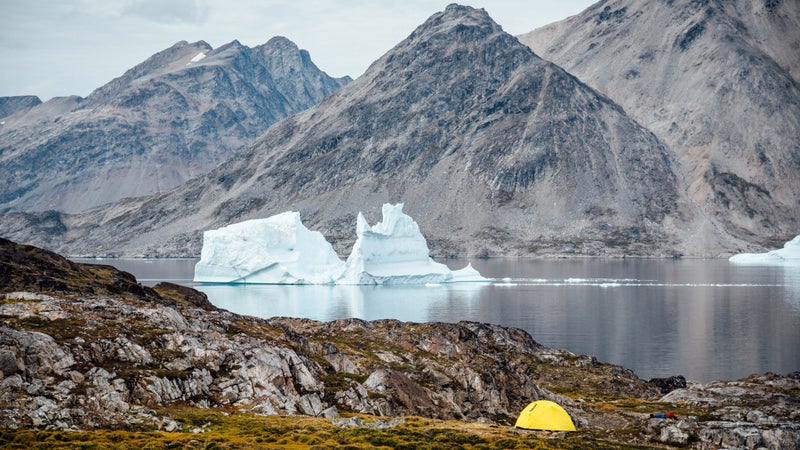
Sort Your Gear
The most difficult part of trip planning is often in relation to gear. How much will you carry? What can you scrap? What will you wear? For me, the easiest way to keep track is in Google Docs, because it鈥檚 easy to share with friends.
To get started, create a spreadsheet, and then begin a list organized by category: Big Three (shelter, sleeping, and kitchen), clothing, camping, activity-specific items, electronics, and miscellaneous. I like to break down items further by brand, model, weight, and quantity, and make a section for notes. I highlight in red the items I need to purchase or order. Yellow or orange denotes items that I bought but haven鈥檛 yet received. Once an item is in hand, it goes green.
After everything has arrived, it helps to lay it all out and take inventory, one piece at a time. Once that鈥檚 done, pack it all up.
Solve Problems Ahead of Time
Problems will inevitably arise, so take time to consider what those may be and develop solutions in advance. By evaluating those inevitabilities and addressing them preemptively, you will save valuable time, stress, and energy.
This can be as simple as creating a kit to make field repairs on your gear (patches for sleeping pads, cleaning kits for the stove, duct tape to fix everything else) or packing backups in case a critical item totally fails.
Case in point: My buddy and I brought two stoves to eastern Greenland. Our JetBoil, which is powered with canister fuel, was our first choice because all we needed to do was boil water, and it does that quickly and efficiently. However, shops in the small villages didn鈥檛 stock canister fuel. Instead, we had to resort to burning benzene, which is actually a type of furniture polish. Fortunately, we also packed an , so we were able to swap out the jets and make the benzene work.
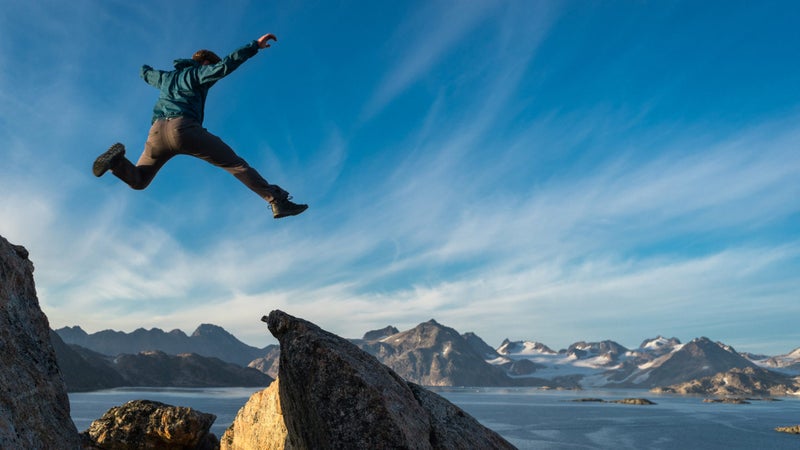
Be Flexible
To reach Greenland, my buddy Andrew had to fly from Vegas to Los Angeles, and then from L.A. to Reykjavik, before catching a flight to Kulusuk. Somehow, American Airlines checked only one of his bags through to LAX. Andrew had to leave for Iceland (and then on to Greenland) without it. That bag contained several key pieces of mission-critical gear, including Andrew鈥檚 mountaineering boots, our climbing ropes, his sleeping bag, and all of his technical clothing. Needless to say, without all of that, we were pretty much screwed.
That left us with two options: try our damnedest to reconnect with that bag, or reinvent our trip on the fly. Andrew spent more than 24 hours on Skype with the airline. Thanks to an astute Alaskan Airlines employee鈥攚hose company wasn鈥檛 even responsible for losing Andrew鈥檚 bag鈥攚e were reunited with it five days later and were able to begin our trip.
While waiting, Andrew and I continued to do firsthand research on the area鈥攕peaking with locals, checking out maps and books, gathering supplies鈥攁nd we did some climbing nearby to occupy our time. It was frustrating that we couldn鈥檛 just get out and go, but being frustrated didn鈥檛 help our cause. Taking action did. Had the bag not shown up after the fifth day, we鈥檇 have had to leave anyway because our time on the island was limited. In that case, we would have created an alternate plan, probably focusing on paddling, hiking and scrambling to make the most of what we had.
Your time and money for an adventure is always going to be limited. Only you can decided how to best utilize your resources to make the most of a trip. As such, it鈥檚 important to remain flexible and learn how to pivot.
Remember Why You鈥檙e There
So much goes into planning an epic adventure that it鈥檚 easy to get distracted鈥攐r even discouraged鈥攂y budget, logistics, travel, and mishaps. Don鈥檛 forget why you鈥檙e there in the first place. We adventure to seek discomfort. Those other steps are all part of the process, but once you鈥檙e out in the wild, it鈥檚 time to focus on being there. Get lost in the spirit of it all.
